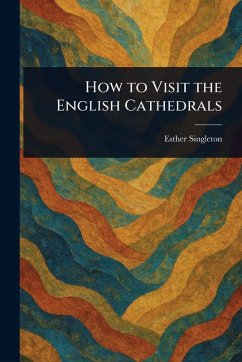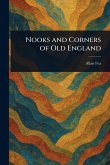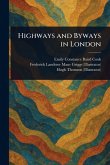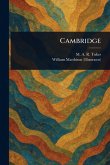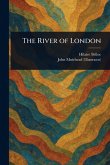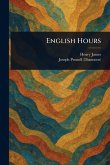"How to Visit the English Cathedrals" is your guide to the magnificent religious architecture of England. Penned by Esther Singleton, this meticulously prepared volume offers a detailed exploration of England's cathedrals, providing historical context and insightful observations for travelers and enthusiasts of religious architecture. Delve into the rich history of these iconic structures, central to the story of Christianity in England. Explore the architectural details and historical significance of each cathedral, offering a journey through the ages of English history and religious tradition. This classic work serves as both a historical record and an enduring travel companion for anyone interested in the cathedrals of England. Discover the beauty and spiritual resonance of these remarkable buildings. This work has been selected by scholars as being culturally important, and is part of the knowledge base of civilization as we know it. This work is in the public domain in the United States of America, and possibly other nations. Within the United States, you may freely copy and distribute this work, as no entity (individual or corporate) has a copyright on the body of the work. Scholars believe, and we concur, that this work is important enough to be preserved, reproduced, and made generally available to the public. We appreciate your support of the preservation process, and thank you for being an important part of keeping this knowledge alive and relevant.
Bitte wählen Sie Ihr Anliegen aus.
Rechnungen
Retourenschein anfordern
Bestellstatus
Storno

